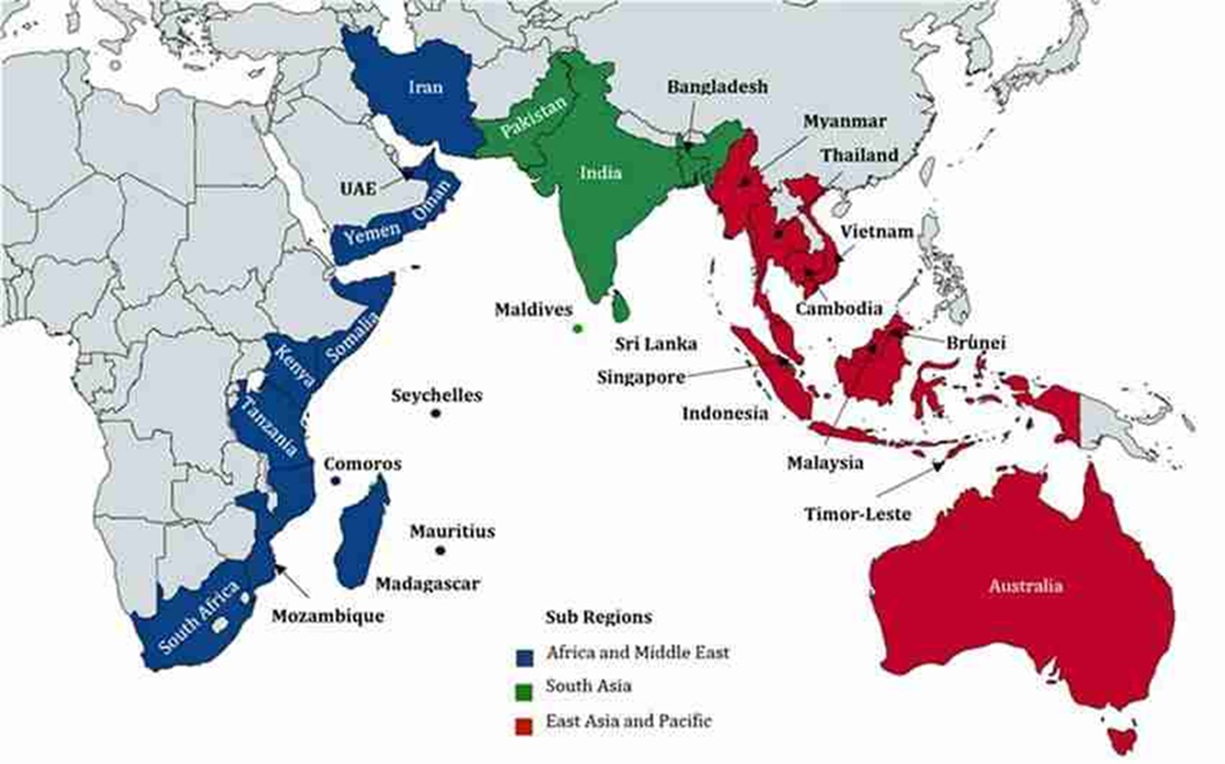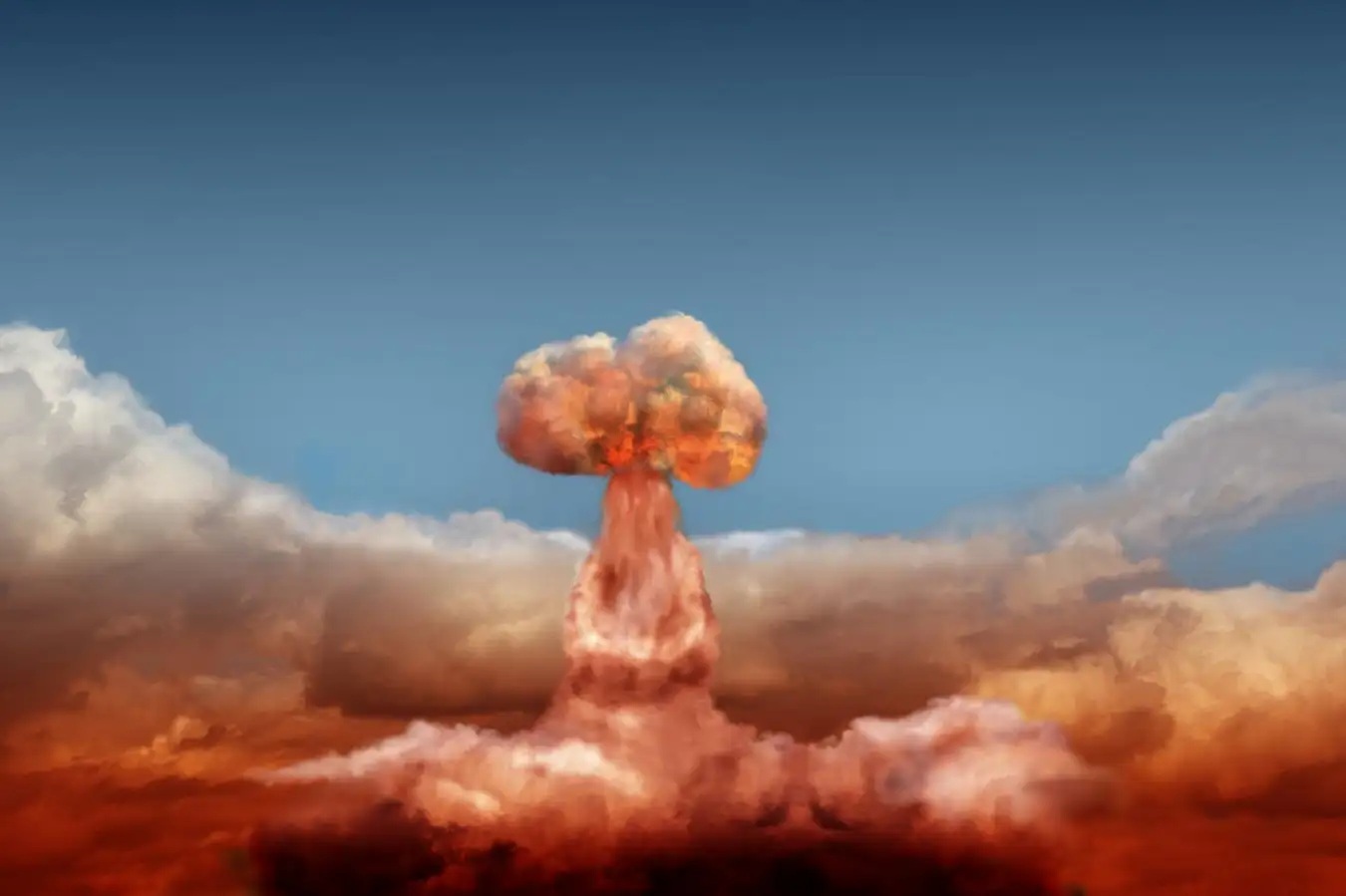Climate change has larger implications than erratic weather patterns
There has been enough talk about climate change of late. In India, the monsoon season isn’t over yet. We have frequently started to see thunderstorms with lightning, sudden intense spells of rain followed by long, hot, and humid periods. As per news reports, there has been a large number of lightning deaths this year, but deaths due to heat exhaustion are very rarely seen in humid months.
Heatstroke deaths in the onset months of summers are widely reported as the temperatures rise to new peaks. The deaths due to heat exhaustion in the humid months go unrecorded and unreported. Hence, there is a need to know more about heat exhaustion.
Lightning Strikes
Till the last decade, lightning strikes were not taken very seriously. Less than 500 deaths were reported, mostly from the Eastern and North Eastern states. A few years ago, a University-sponsored study put the figures at over 5000 human deaths besides the death of thousands of milch cattle and other animals. In the last couple of years, deaths have been reported from various incidents across Madhya Pradesh, Orissa, Jharkhand, West Bengal, Rajasthan, Maharashtra, Kerala, and UP.
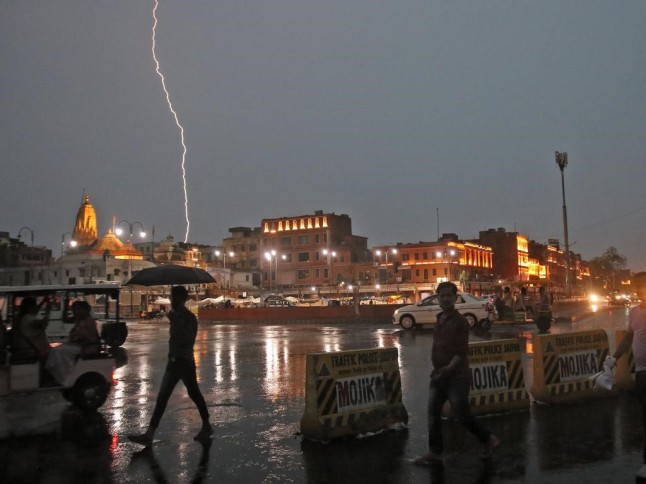
Lightning is a giant spark of electricity between the clouds themselves or with objects on the earth. As per physics, a lightning bolt has about 300 million volts with 30000 amperes! (For comparison, the voltage flowing in our electrical wires is just 220 volt!). Anyone standing in the open on high ground/ hilltop or inside wooden huts or under a tall, isolated tree. Chiefly farmers and labourers but even trekkers on mountain tops may be affected. Many people have also died on top of an open watchtower in Jaipur while taking selfies earlier this year. In fact, Lightning deaths are now the number one cause of death due to natural disasters.
The Indian Institute of Tropical Meteorology has been actively studying the pattern and places of lightning strikes in the last decade. Sensors have been installed in places where lightning strikes are more frequent. They have developed an app, aptly called ‘Damini’ in 2018. This app tracks lightning (through sensors) and sends danger notifications 30 to 45 minutes before a lightning strike. It tracks storms and lightning activity in a 40 sqkm radius of the user. It needs to be popularised in places where lightning strikes are more common.
Gaurd from Lightning
When the sky goes dark and one hears thunder, there are many ways we can shield ourselves like,
- Run away from high ground and open spaces.
- Avoid a lone tree.
- Avoid water bodies and high tension wires.
- Sit down on haunches and crouch the head between the knees. Keep elbows around knees and hands covering the ears and head.
- Inside of a concrete building is the safest place to be and one should remain indoors for atleast half an hour after the last lightning strike.
Remember, lightning strikes to kill. Survivors have burn injuries, memory loss and extreme weakness. Hence, it is best to stay indoors in such weather.
Heat Exhaustion
As sounded earlier, heat strokes occur in dry heat. However, in humid weather even if temperatures are in the mid to high thirties (degree celsius), Heat exhaustion(HE) can occur. It may occur even if there is no sun visible in the sky. In very humid weather with no breeze, if a person is doing manual labour/ exercises, weakness is felt initially. But if this person continues to such strenuous work/ exercise, his/ her body temperature shoots up and they will start feeling giddy and will not be able to make intelligent decisions. Heat exhaustion can get converted to Heat Stroke and this person may fall unconscious and could even die. Thus, HE by itself may not cause death if the person stops the work/ exercise.
The reason for HE is ‘sweat’ or rather the lack of sweating. As we all know that in hot dry summers we sweat a lot. The evaporation of sweat from our skin cools down the body. But in humid weather, with not very high temperatures, initially, we don’t sweat that much. Even if we do sweat, evaporation doesn’t take place because of high ambient humidity.
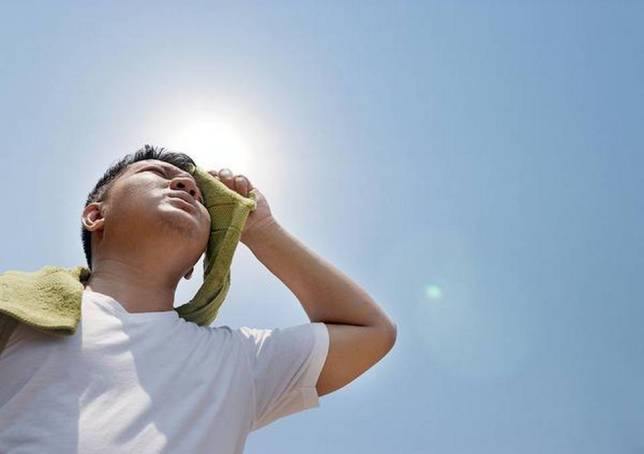
Senior citizens and children below five are the most affected victims. Others affected are those who have heart disease or suffer from diabetes, hypertension, liver or kidney disease. Undernourished and obese people are also at high risk. Other symptoms are excessive sweating, headache, nausea, muscle cramps, dizziness, and irritability. The face becomes red and seems flushed with rapid breathing. The skin may be cold.
First aid should be provided in a shady place if the sun is out. A person should be laid flat, lying down and offered cold drink water. An electrolyte solution or any fruit drink with salt is beneficial. Fanning of the face and neck and cold, wet cloth in armpits, face, and chest helps bring the temperature down. Ice cubes, if available are more helpful.
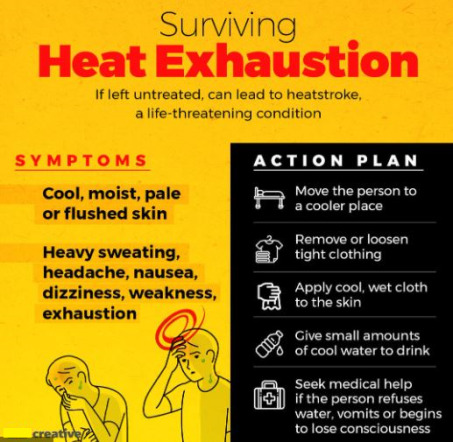
Climate change has taken a heavy toll on humans and animals. In many parts of India, the onset of cooler months after the monsoons is getting delayed. Hot humid conditions are now continuing till about mid-October followed by another spell of dry heat. Accordingly, we must change our habits of outdoor physical work or exercise and avoid the ill effects described above.
Even the monsoon is getting more erratic view climate change. Recently, we witnessed the Indira Gandhi International Airport in Delhi turning into a giant swimming pool with Delhi recording the highest rainfall in 46 years. There was flooding at the forecourt and in some other areas following heavy, torrential rainfall in the national capital.
The earth and its climate is changing and so must we. After all, Change is the only Constant.
Disclaimer: The views and opinions expressed by the author do not necessarily reflect the views of the Government of India and Defence Research and Studies
Title image courtesy: https://mainblades.com/lightning-strike-inspection/


